Not sure what’s causing that stubborn cellulite? Turns out, it could be your hormones. Although many don’t realize it, there is a connection between cellulite and your hormones. Some experts believe that estrogen tends to aggravate and worsen cellulite since it encourages the body to build up and store fat, especially in the stomach, thighs, hips and butt. “Although a definitive hormonal cause has not been established, about 85 to 90 percent of women have some cellulite whereas men with normal hormones do not have it,” says Lincolnshire, IL, dermatologist Amy Forman Taub, MD.
Cellulite can get worse during pregnancy because of acute weight gain and fluid retention. During pregnancy, the body releases a hormone known as relaxin, which is believed to diminish collagen production. And the less elastic the skin is, the more common it is to see fat cells pushing against the skin. During and after menopause, many women see more cellulite since the quality and texture of the skin changes and it becomes thin, making cellulite more apparent.
Genetics are a factor of cellulite too. Chances are, if your mother had cellulite you will too. Even if you are predisposed to cellulite, you can minimize its appearance by maintaining a healthy weight, eating properly and taking care of your skin.
Treating cellulite in the early stages is the best plan of attack if you want to diminish its appearance. Since cellulite affects everyone differently, there is no set amount of time that it takes for it to progress and worsen. Some women notice exacerbated cellulite in a matter of months, while in others, it can take years for it to worsen. We can help you determine how you should go about treating your cellulite. Learn more about the right cellulite treatments for you.
This Information is brought to you courtesy of Dr. Bishara and The Paragon Plastic Surgery & Med Spa
Please visit us on Facebook at The Paragon Plastic Surgery and Medspa

En Espanol
No estoy seguro de lo que está causando que la celulitis tenaz? Resulta que, podría ser hormonas. Aunque muchos no se dan cuenta de que hay una conexión entre la celulitis y sus hormonas. Algunos expertos creen que el estrógeno tiende a agravar y empeorar la celulitis, ya que estimula al cuerpo a acumular y almacenar la grasa, especialmente en el estómago, los muslos, las caderas y las nalgas. “A pesar de que una causa hormonal definitiva no se ha establecido, el 85 y el 90 por ciento de las mujeres tienen celulitis mientras que algunos hombres con hormonas normales no lo tienen”, dice Lincolnshire, IL, dermatóloga Amy Forman Taub, MD.
La celulitis puede empeorar durante el embarazo debido a la ganancia de peso aguda y retención de líquidos. Durante el embarazo, el cuerpo libera una hormona conocida como la relaxina, que se cree que disminuir la producción de colágeno. Y la menos elástica la piel es, la más común es ver las células de grasa que empujan contra la piel. Durante y después de la menopausia, muchas mujeres ver más celulitis ya que la calidad y la textura de los cambios en la piel y se vuelve delgada, por lo que la celulitis más evidente.
Genética son un factor de la celulitis también. Es probable que, si su madre tenía celulitis que usted también. Incluso si usted está predispuesto a la celulitis, puede minimizar su aparición por mantener un peso saludable, comer correctamente y el cuidado de su piel.
El tratamiento de la celulitis en las primeras etapas es el mejor plan de ataque si quiere disminuir su apariencia. Desde la celulitis afecta a todos de manera diferente, no existe una cantidad de tiempo que toma para que pueda progresar y empeorar. Aviso Algunas mujeres exacerban la celulitis en cuestión de meses, mientras que en otros, puede tomar años para que empeore. Podemos ayudarle a determinar cómo se debe proceder para el tratamiento de la celulitis. Más información sobre los tratamientos para la celulitis adecuados para usted.
Esta información es traído a usted por cortesía del Dr. Bishara y La Cirugía Plástica y Paragon Med Spa
Por favor, visítenos en Facebook en La Cirugía Plástica y Paragon Medspa
In North Texas, True Results has teamed up with Baylor Health Care System to provide innovative weight loss solutions for life.
True Results provides a comprehensive program and an expert medical team that’s with you every step of the way. They have specialized bariatric centers in Dallas, Fort Worth, Houston, San Antonio, Austin, Phoenix, Tucson and St. Louis.
True Results opened the nation’s first state-of-the-art outpatient surgery center to be recognized by the American College of Surgeons as an Accredited Outpatient Bariatric Center.
Losing weight is about more than just looking good. It’s about being healthy. Bariatric patients who lose a significant amount of weight typically improve or resolve weight-related co-morbidities including Type-II diabetes, hypertension (high blood pressure), sleep apnea, joint pain and asthma.




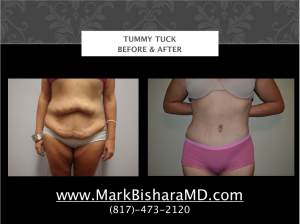
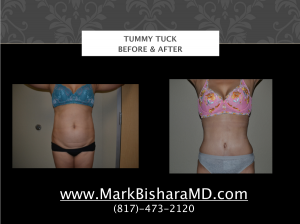
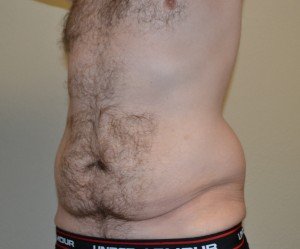
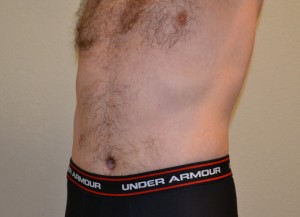


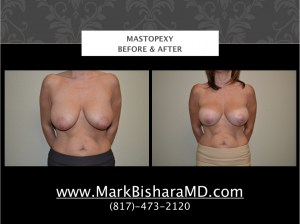
.jpg)




